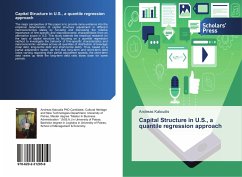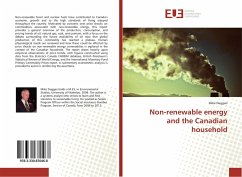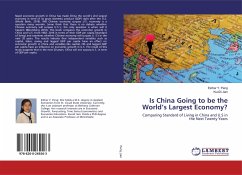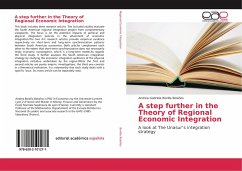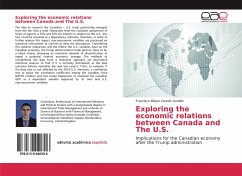
Exploring the economic relations between Canada and The U.S.
Implications for the Canadian economy after the Trump administration
Versandkostenfrei!
Versandfertig in 6-10 Tagen
36,99 €
inkl. MwSt.

PAYBACK Punkte
18 °P sammeln!
The idea to research the Canadian - U.S. trade partnership emerged from the fact that a total interaction from the Canadian perspective in terms of exports is 76% and 52% for Imports in relation to the U.S., this fact could be assumed as a dependency indicator; therefore, in order to further analyse this aspect, macroeconomic variables are processed on statistical instruments to confirm or deny the assumption. Considering this extreme interaction and the effects the U.S. variables have on the Canadian economy, the Trump administration trade policies show to be a latent threat, emerging an immi...
The idea to research the Canadian - U.S. trade partnership emerged from the fact that a total interaction from the Canadian perspective in terms of exports is 76% and 52% for Imports in relation to the U.S., this fact could be assumed as a dependency indicator; therefore, in order to further analyse this aspect, macroeconomic variables are processed on statistical instruments to confirm or deny the assumption. Considering this extreme interaction and the effects the U.S. variables have on the Canadian economy, the Trump administration trade policies show to be a latent threat, emerging an imminent demand of diversification to repeal a potential internal economic damage. The methods to comprehend the data from a statistical approach are descriptive statistical analysis to find if it is normally distributed; as the data outcome follows normality the next test used is T-Test, to compare if the data was or not affected by the 2016 U.S. elections; a correlation test to prove the correlation coefficient among the variables since NAFTA creation and last Linear Regression to analysed the Canadian GDP as a dependent variable explained by its own and U.S. macroeconomic variables.




